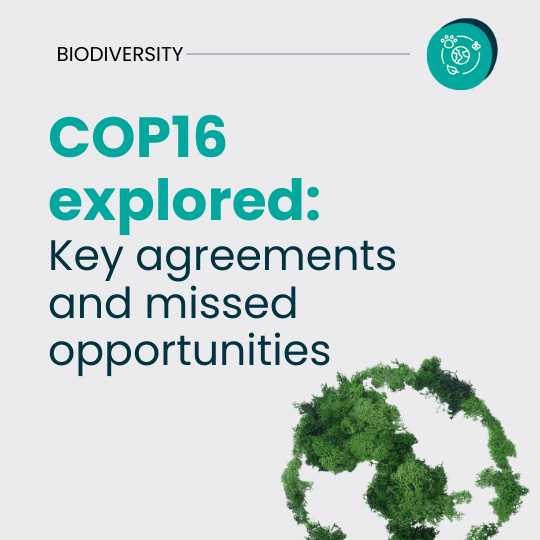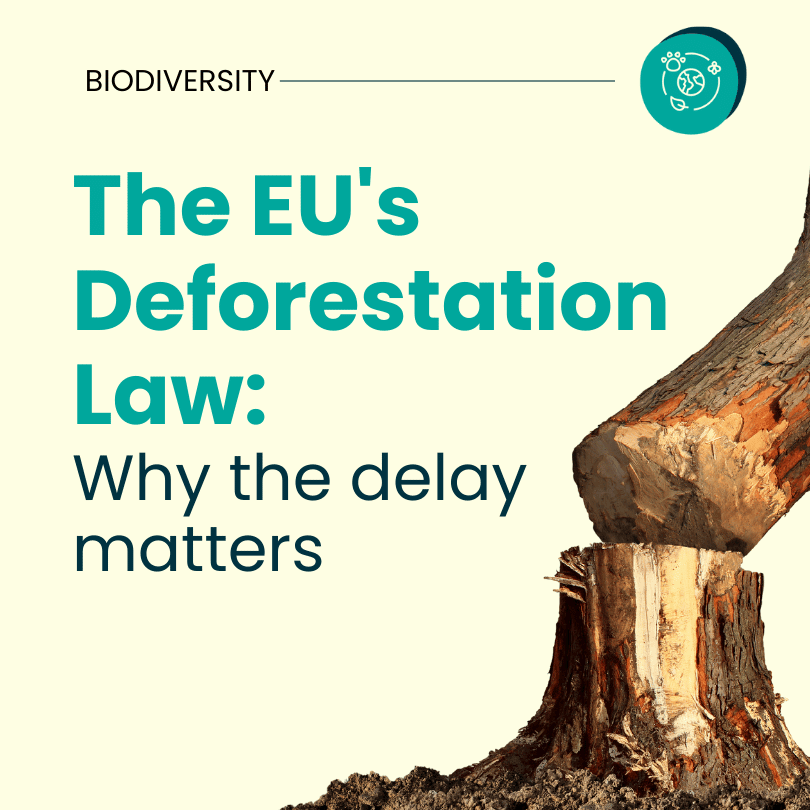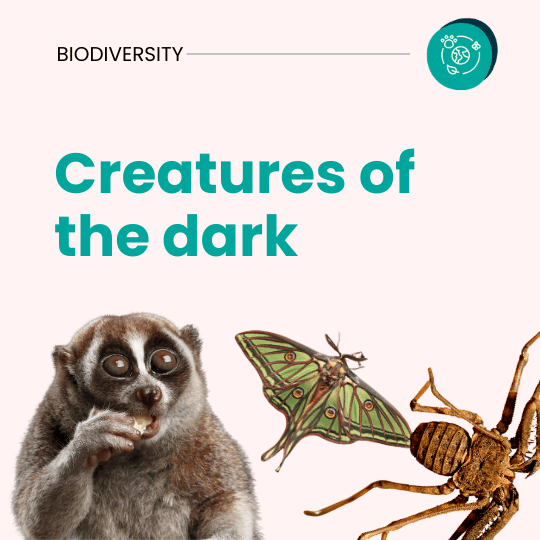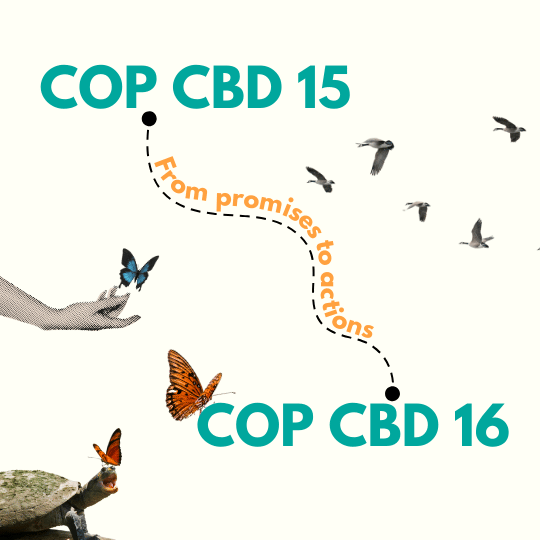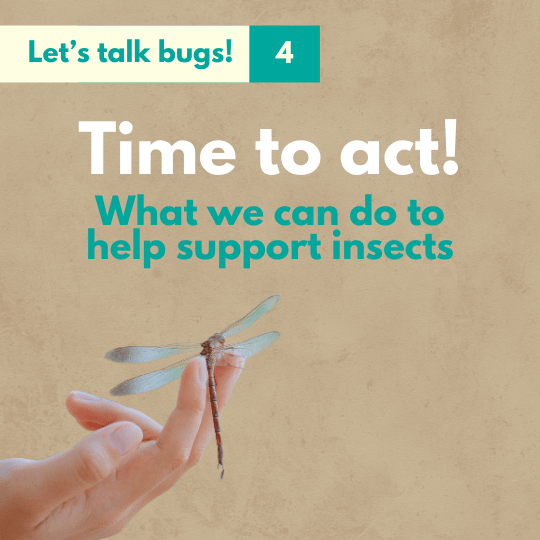
Written by

Ashton Melfor
Contents


Share this article
Our last article on the history of human insect coevolution already indicated that insects face many challenges. This week the journey continues and we will dive deeper into the challenges faced by insects. We will do this from the perspective of the humble jet, very important hoverfly.
What even is a hoverfly and why are they so important?
Here already we encounter our first challenge. Many arthropod groups are not well understood or equally loved as other arthropod groups by the average European. One such group are hoverflies.
The unknown pollinators
Hoverflies are close relatives of common house flies but unlike house flies are important pollinators instead of decomposers. That’s right, bees and butterflies have another important coworker. Due to the shape of their mouthparts, hoverflies prefer to visit flat instead of cone-shaped flowers. Even though they have important ecological roles, they are unfortunately often forgotten when insects are discussed.
The impact of agricultural intensification
The second challenge faced by hoverflies, as well as many other insects, is agricultural intensification. It is not just the growing of monoculture crops that threatens many hoverfly species, but excessive pesticide use has significant negative effects both on farmland and outside.
Ever heard of a pesticide drift?
This is when, oftentimes invisible, clouds of pesticide travel through the air and into surrounding areas. Because of this, even insects that are kilometres away in a protected area can experience negative consequences of pesticide use.
The impact of urban development
We as humans like to modify our environment to suit our needs. In doing so we often change very important habitat characteristics that are very important for other organisms.
One of these habitat modifications impacting hoverflies is obstructing and controlling the flow of natural waterways. Certain hoverfly species depend on the consistent flow of clean water for the proper development of their larva. This is of particular concern for wetland hoverflies.
When development does not consider the ecological impacts we risk losing valuable habitat characteristics for hoverflies and other insects. Once an ecosystem is lost it can be hard to get it back.
The impact of urban development
We as humans like to modify our environment to suit our needs. In doing so we often change very important habitat characteristics that are very important for other organisms.
One of these habitat modifications impacting hoverflies is obstructing and controlling the flow of natural waterways. Certain hoverfly species depend on the consistent flow of clean water for the proper development of their larva. This is of particular concern for wetland hoverflies.
Urban and industrial development can destroy hoverfly habitat like flower rich meadows, but it can also create opportunities. Promoting flower rich roadsides and changing mowing regimes in urban environments can create additional habitat for hoverflies closer to home.
When development does not consider the ecological impacts we risk losing valuable habitat characteristics for hoverflies and other insects. Once an ecosystem is lost it can be hard to get it back.
Prioritising Habitat Conservation for Arthropod Species Protection
The final challenge we will look into might seem obvious but is not always considered. There are currently 340 hoverfly species considered threatened and many more arthropod species. So it is simply not possible to put species specific conservation measures in place.
Thankfully, on the EU level hoverflies have received attention. But the same can not be said for other arthropod groups. The most effective way to address this challenge is to focus on conserving suitable habitats (not just those under the habitats directive) and enacting policies that take a holistic approach to problem solving. In this regard the EU farm to fork strategy and Nature Restoration Law are crucial.
You as an individual can also contribute by providing hiding places for these insects (dead wood is much appreciated), planting native flowering plants and using less pesticides in your garden.
More articles about biodiversity
Our mission
 YEE aims to unite environmental youth non-profit organisations in Europe in order to enhance international cooperation, increase knowledge about the climate crisis, raise awareness of environmental problems and to strengthen participation of youth in environmental decision-making.
YEE aims to unite environmental youth non-profit organisations in Europe in order to enhance international cooperation, increase knowledge about the climate crisis, raise awareness of environmental problems and to strengthen participation of youth in environmental decision-making.
Get in touch
Vinohradská 2165/48
120 00 Praha 2 – Vinohrady
Czech Republic
E-mail: yee@yeenet.eu


Financially supported by the European Youth Foundation of the Council of Europe. The views expressed do not necessarily reflect the official position of the Council of Europe


